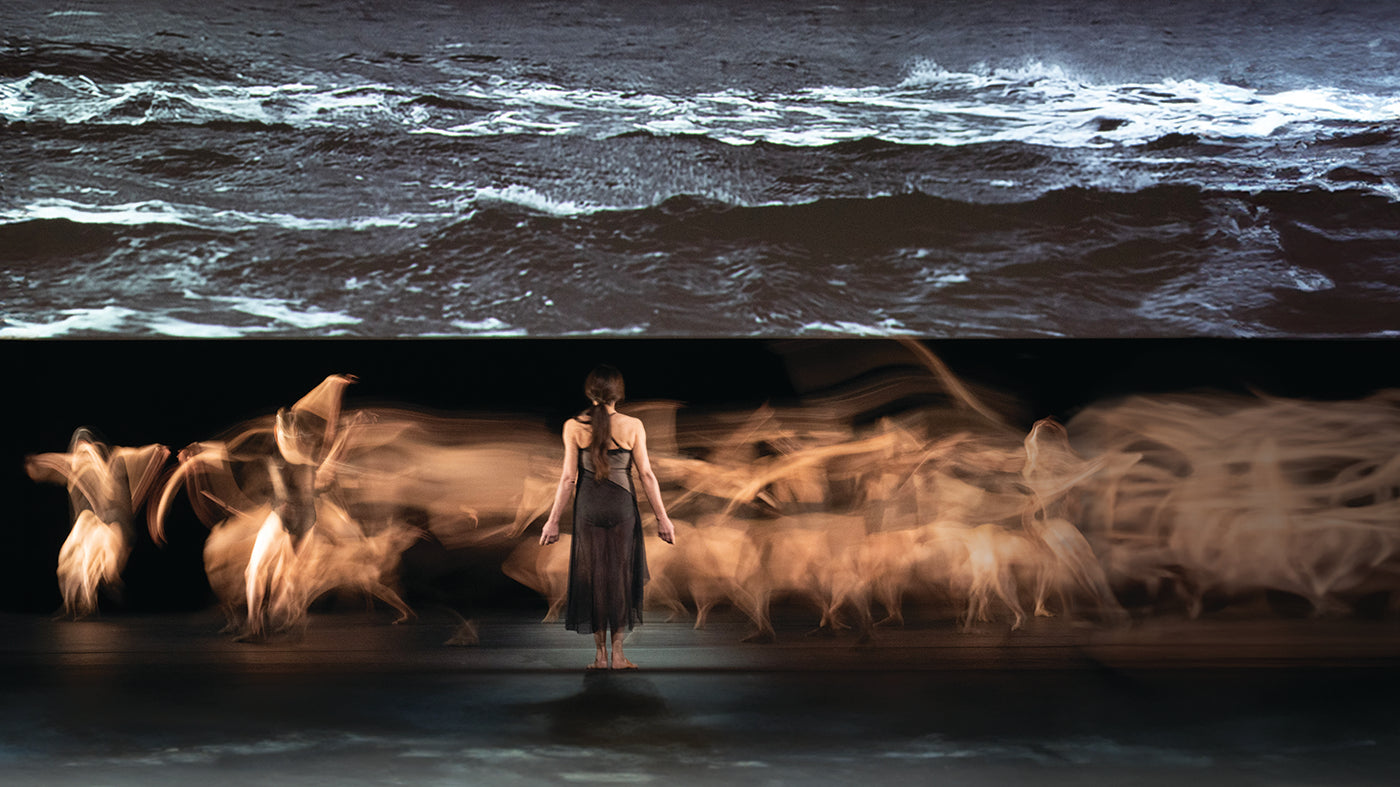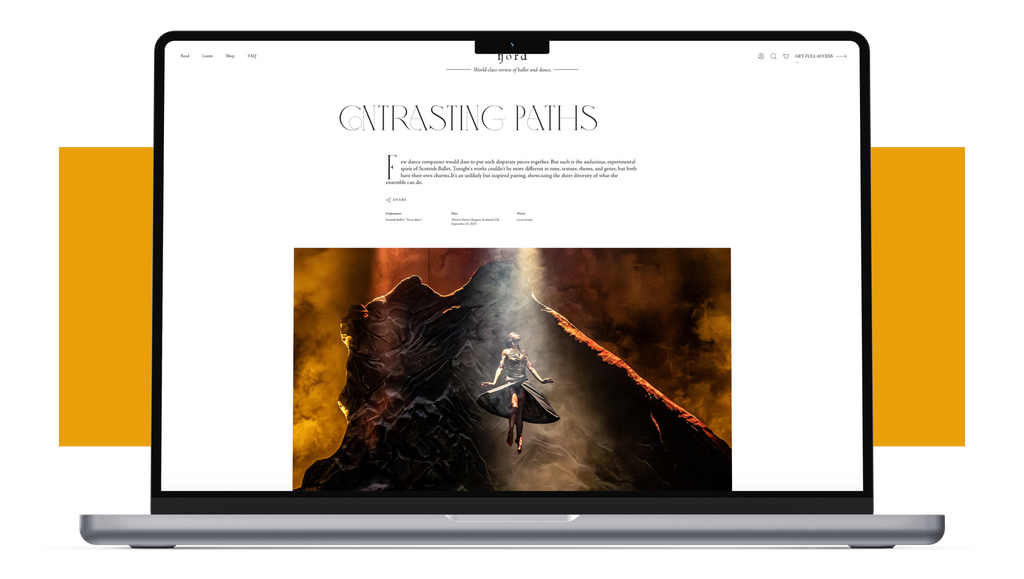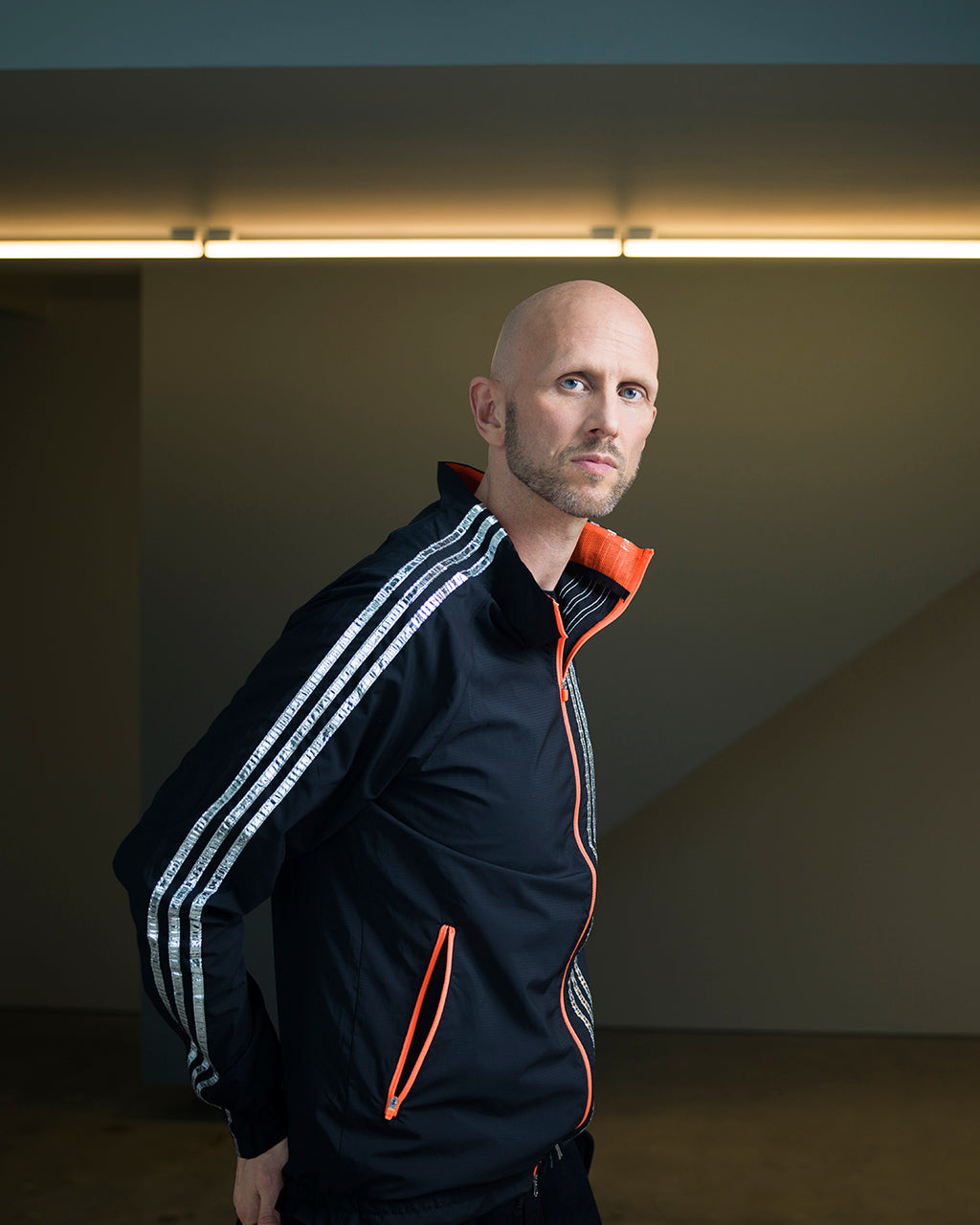Sweet Fields
According to artistic director Peter Boal’s welcome letter for Pacific Northwest Ballet’s fifth season program, the most popular mixed rep slates at PNB feature works by Crystal Pite or Twyla Tharp.
Continua a leggere
World-class review of ballet and dance.
It’s not every choreographer who works with economists, anthropologists, neuroscientists and cognitive scientists, not to mention collaborating with the Google Arts & Culture Lab and the Swedish pop group ABBA, but Wayne McGregor wouldn’t have it any other way. Indeed, one of the most celebrated and sought-after dancemakers of his generation, the New York Times’ Claudia La Rocco once described him as “an adventuresome experimenter with a restless mind, intent on pushing his disparate audiences, his collaborators and himself.
And that was in 2010!



“Uncommonly intelligent, substantial coverage.”
Already a paid subscriber? Login

According to artistic director Peter Boal’s welcome letter for Pacific Northwest Ballet’s fifth season program, the most popular mixed rep slates at PNB feature works by Crystal Pite or Twyla Tharp.
Continua a leggereLassoing is a surprising through-line for a Martha Graham Dance Company performance. The theme steps generally tend towards the child-birthing variety: contractions and deep squats.
Continua a leggereAs a dance viewer, it’s easy to get swept up in the grand movements in a piece, glossing over the finer details.
Continua a leggereHubbard Street Dance Chicago was in New York for a two-week run March 12–24 at the Joyce Theater, a venue that consistently programs excellent smaller dance companies in its 472-seat theater.
Continua a leggere
comments